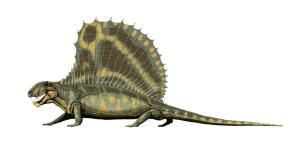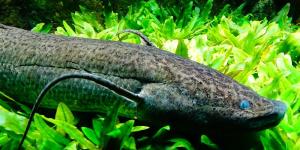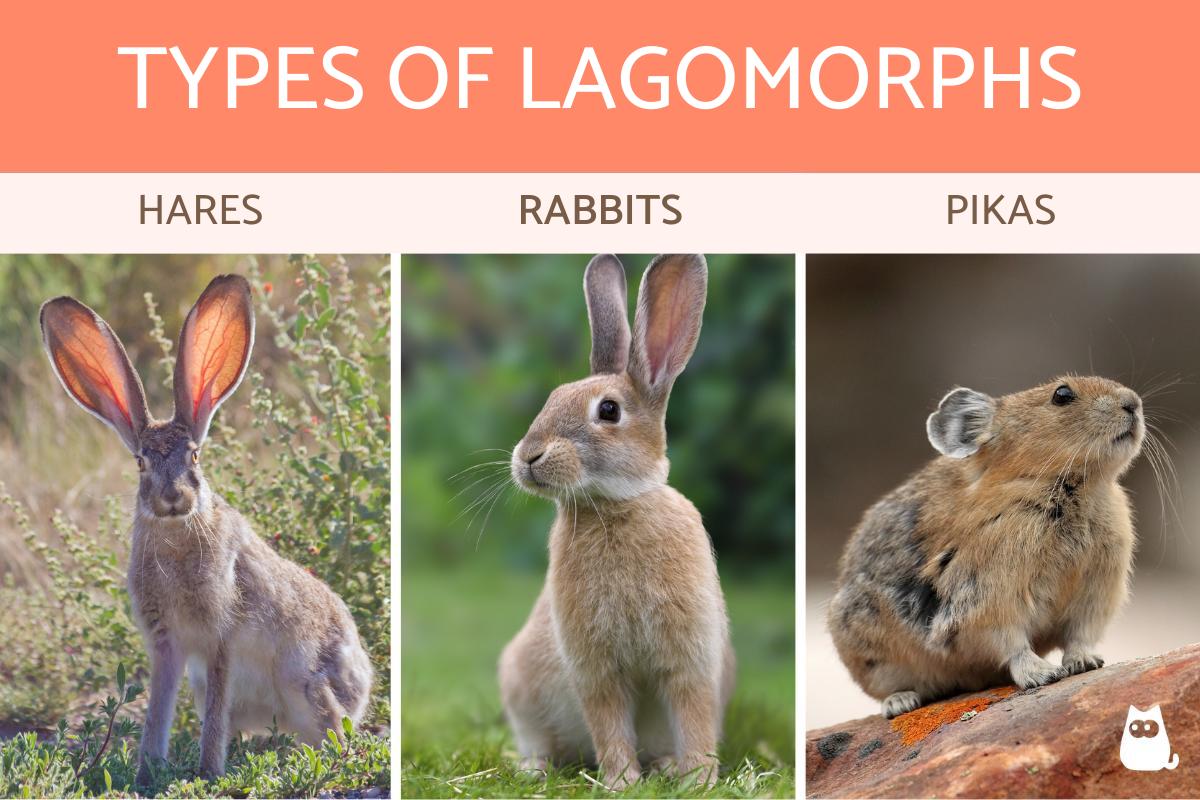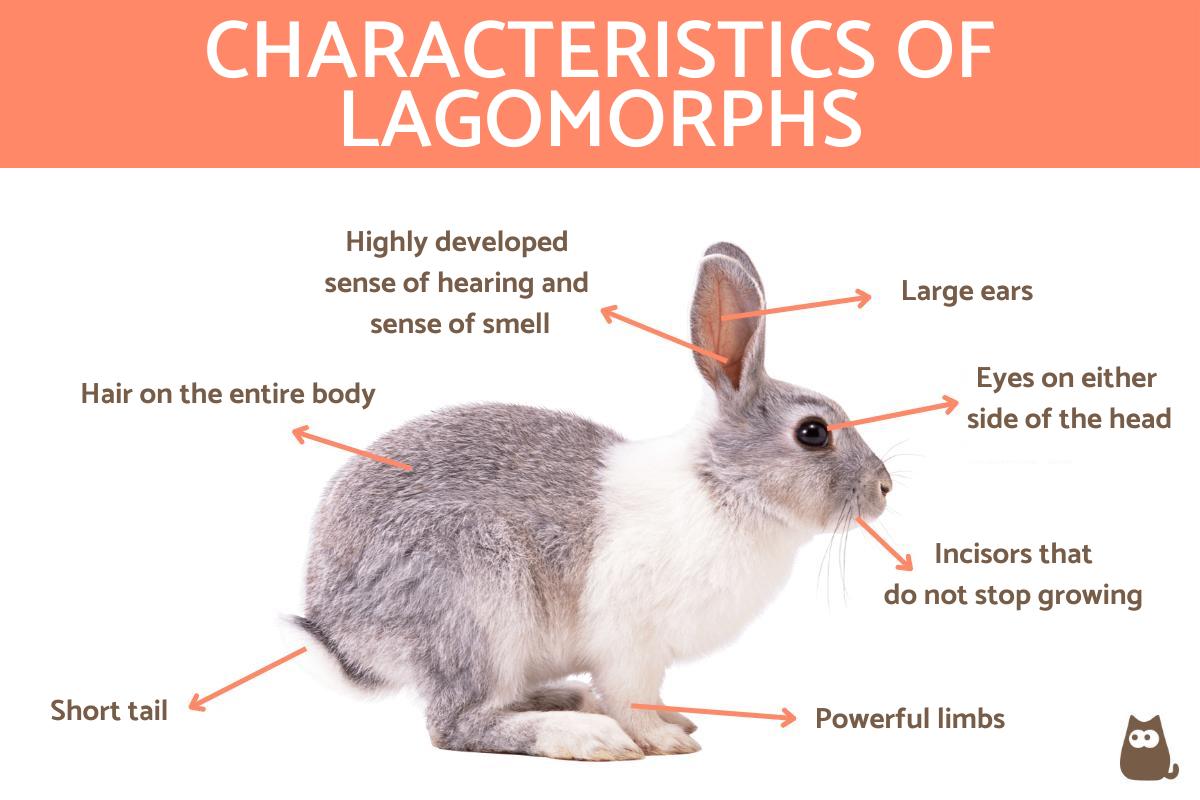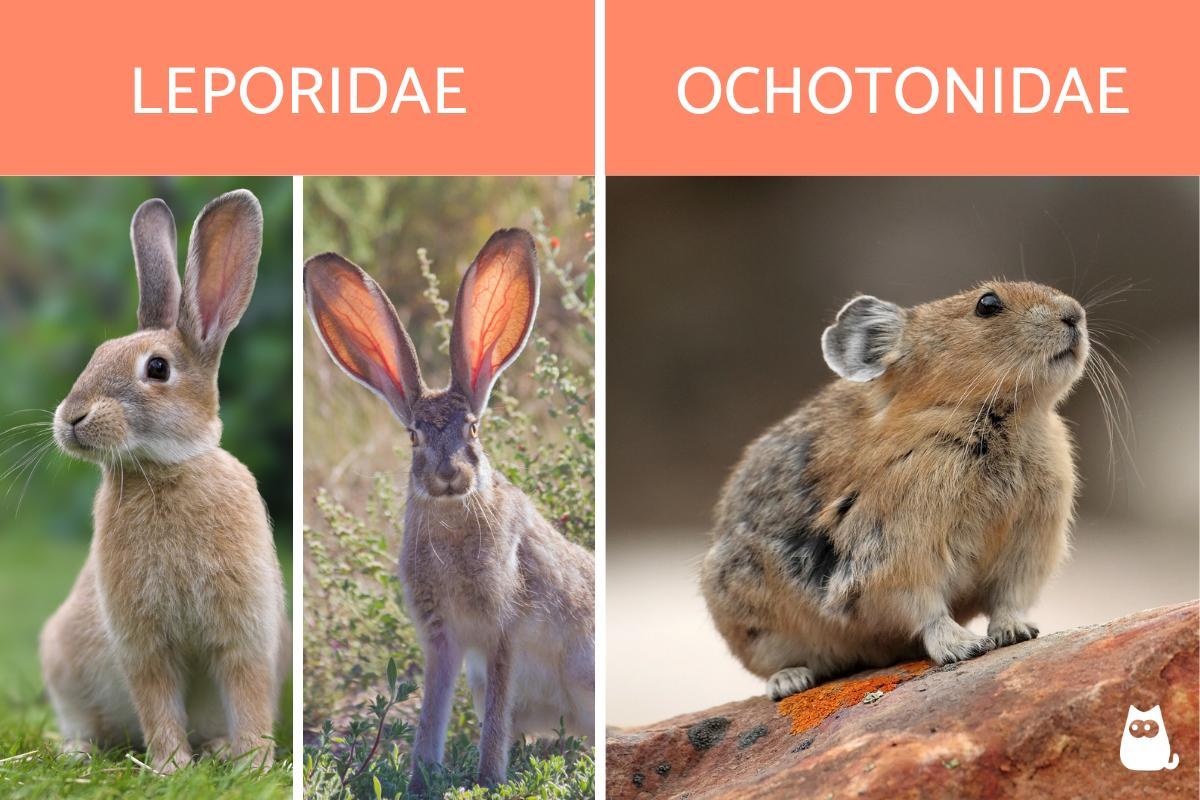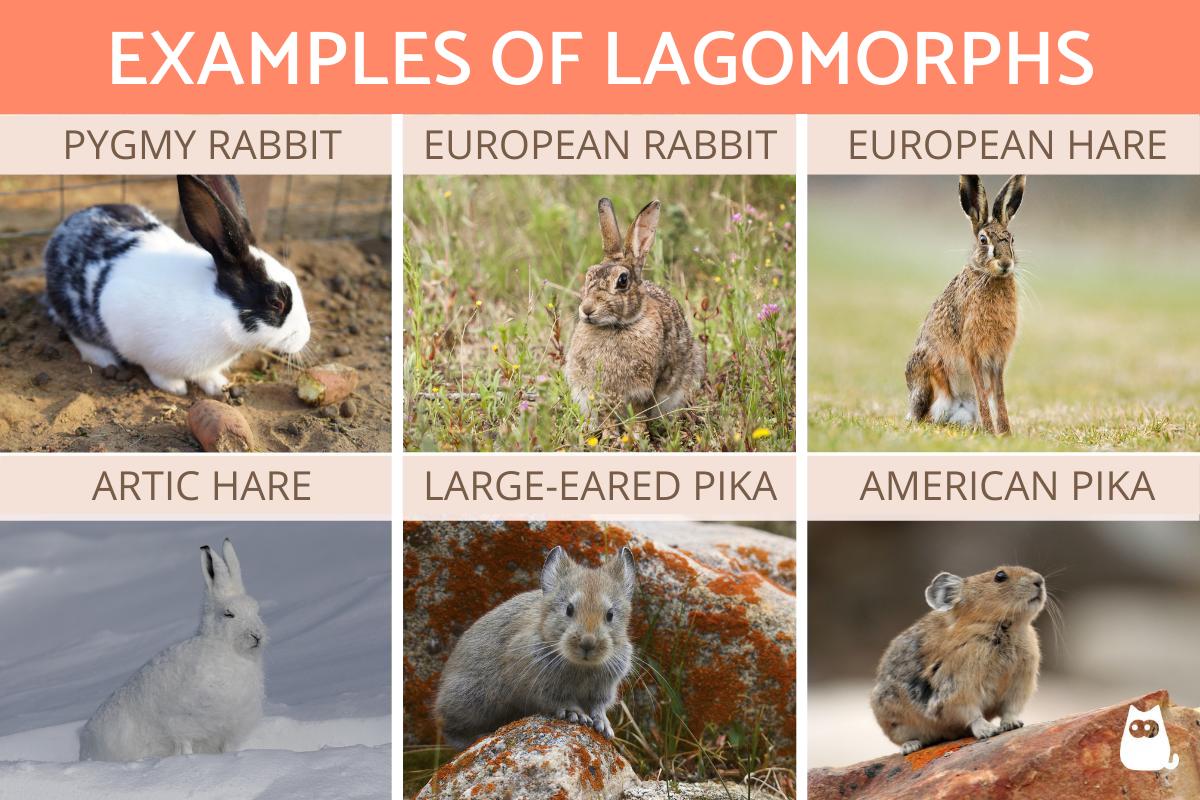What are Lagomorphs? - Definition, Characteristics and Examples



See files for Rabbits
Lagomorphs are a group of mammals distributed throughout the world known for their large ears and amazing speed. Although they resemble rodents in some details, they also differ in many ways. Lagomorphs belong to a different family with their own characteristics. Their evolutionary history is not yet fully understood, but it is known that it has decreased significantly over time. There used to be more than 200 species, but today we know 80 living species of lagomorphs belonging to 2 families with 13 genera.
The following AnimalWised article explains what lagomorphs are and what their main characteristics are.
What are lagomorphs?
Lagomorphs are an order of animals that currently consists of two families that include hares, rabbits, and pikas. They are animals with a very wide worldwide distribution, either by natural origin or by introduction, with a great success in evolution and adaptation.
They are also distributed in a wide range of habitats, from tropical forests to the Arctic region, although they are not found in the West Indies, the southern parts of South America, Madagascar, and some islands in Southeast Asia.
Lagomorphs are classified as follows:
- Kingdom: Animalia
- Phylum: Chordate
- Class: Mammalia
- Order: Lagomorpha
- Families: Leporidae and Ochotonidae
Within the Leporidae family, there are about 68 known species and about 184 subspecies. On the other hand, there are 30 species and 59 subspecies in the Ochotonidae family. Although not a highly diverse group, these animals are important members of many communities in which predator population cycles are largely determined by changes in lagomorph population density.
If you want to learn more about rabbits, do not miss this other article where we explain how rabbits mate.
Physical characteristics of lagomorphs
The anatomy of lagomorphs is specifically designed to flee from predators. Their long ears, the position of their eyes, and their powerful limbs are structures perfectly designed to detect danger and escape quickly. Additionally, many of the taxonomic features important in diagnosing lagomorphs are related to their herbivorous habits.
Let us take a look at some of their most important physical characteristics:
- Unlike other mammals, lagomorphs have two incisors, the second of which is small and pencil-shaped and located directly behind the first.
- Like rodents, their teeth grow permanently.
- Their body is covered with fur that varies in color.
- They are placental mammals and have mammary glands.
- They are endothermic, which means their body heat does not depend on the external environment.
- The projection on the frontal bone near the upper posterior edge of the skull is slightly fused, a feature that is different in other mammals.
- They have large ears, although some more than others, and a keen sense of hearing.
- Their eyes are arranged on the top of the head and are located on each side of the head, allowing them to see the environment almost 360 degrees, which enables them to detect potential threats.
- They have four limbs characterized by strong structures that give them agility and speed when walking.
- The weight can vary depending on the species, but generally it does not exceed 5 kg; there are even species that weigh little more than 100 grams.
- They have an excellent sense of smell.
In order to digest plant food, they have a well-developed digestive system.
- Some of the feces they produce is called "cecotrophs" and they ingest it as soon as they defecate it, as it still contains nutrients that can be utilized by the animal. For this reason, they can often be seen eating their own feces.
- Females are larger than males, a characteristic of lagomorphs that is rare in other mammals.
- Their lower legs are covered with hair and have no pads.
- Their eyes are large, and their night vision is good, which is due to their predominantly nocturnal or crepuscular lifestyle.
Read this other article to find out why rabbits eat their own poop and why it is necessary.

Difference between lagomorphs and rodents
Lagomorphs and rodents are closely related evolutionarily, yet the two groups have some important differences. The main difference between lagomorphs and rodents is the number of teeth. Lagomorphs have six incisors, four teeth on top and two teeth on the bottom. Rodents, on the other hand, have only four teeth, two on top and two on the bottom.
However, this is not the only difference. We will discuss the other differences in more detail below:
- Lagomorphs have hair on all limbs, but rodents do not have hair on these parts.
- The ears of lagomorphs are particularly large and also serve to regulate body temperature. Rodents, on the other hand, do not have such long ears
- Lagomorphs have a bone structure and anatomy similar to that of even-toed ungulates (deer, gazelles, etc.), unlike rodents.
- Lagomorphs are exclusively herbivorous, but rodents can be omnivorous.
- Lagomorphs burrow underground, but rodents can live in all kinds of underground places, such as sewers.
Continue reading this other article if you want to learn more about the differences between rabbits and rodents.
Types of lagomorphs
As we have already mentioned, the lagomorphs are divided into two families:
Leporidae
This family is represented by rabbits and hares. It consists of 11 genera and 54 species, 29 of hares (genus Lepus) and 25 of rabbits, most belonging to the genus Sylvilagus. The common name "rabbit" usually applies to all genera of the family except Lepus, while members of Lepus (almost half of the species) are usually called hares.
Wild leporids weigh between 3 and 5 kg. The tail is short. The ears have a characteristic shape: the lower part of the opening is far above the skull.
Rabbits and hares are extremely fast runners for their size; some reach speeds of up to 70 km/h. This allows them to occupy open areas and escape from predators.
Most rabbits are solitary, except during the breeding season.
Native species of Leporidae have a wide distribution and exist in various countries on all continents except Antarctica and Australia.
Ochotonidae
This family currently consists only of the genus Ochotona, which includes 25 species.
Pikes, as they are called, are smaller than common rabbits, weighing only 100 to 150 grams. Their ears are short and round, they have short limbs and no externally visible tail.
Pikes live in colonies and seek refuge in mazes of interstices and crevices. In rare cases, they feed far from their place of refuge. They are very shy in the presence of humans.
They inhabit the mountains of the western United States and south-central Alaska, as well as much of the Old World, including Eastern Europe and much of Asia, in regions as far north as Iran, Pakistan, India, and Burma.
You may be interested in this other article, where we explain what the differences are between rabbits and hares.

Examples of lagomorph animals
Having explained what lagomorphs are, how they are classified, their main characteristics, and the existing species, let's look at some examples:
- Pygmy rabbit (Brachylagus idahoensis)
- Riverine rabbit (Bunolagus monticularis)
- Sumatran striped rabbit (Nesolagus netscheri)
- European rabbit (Oryctolagus cuniculus)
- Andean tapeti (Sylvilagus andinus)
- Hispid hare (Caprolagus hispidus)
- Antelope jackrabbit (Lepus alleni)
- European hare (Lepus europaeus)
- Arctic hare (Lepus arcticus)
- Japanese hare (Lepus brachyurus)
- Ili pika (Ochotona iliensis)
- Chinese red pika (Ochotona erythrotis)
- Large-eared pika (Ochotona macrotis)
- Steppe pika (Ochotona pusilla)
- American pika (Ochotona princeps)
You may be interested in this other article, where we present the 10 best dwarf rabbit breeds.

If you want to read similar articles to What are Lagomorphs? - Definition, Characteristics and Examples, we recommend you visit our Facts about the animal kingdom category.
- Mexican Association for the study and conservation of lagomorphs. (2003). Characteristics of lagomorphs . Available at: http://www.ibiologia.unam.mx/amcela/Lagomorfos.html
- ITIS (2022). Lagomorpha . Available at: https://www.itis.gov/servlet/SingleRpt/SingleRpt?search_topic=TSN&search_value=180105#null
- Smith, AT. (2019). Pika . Britannica Encyclopedia. Available at: https://www.britannica.com/animal/pika.

